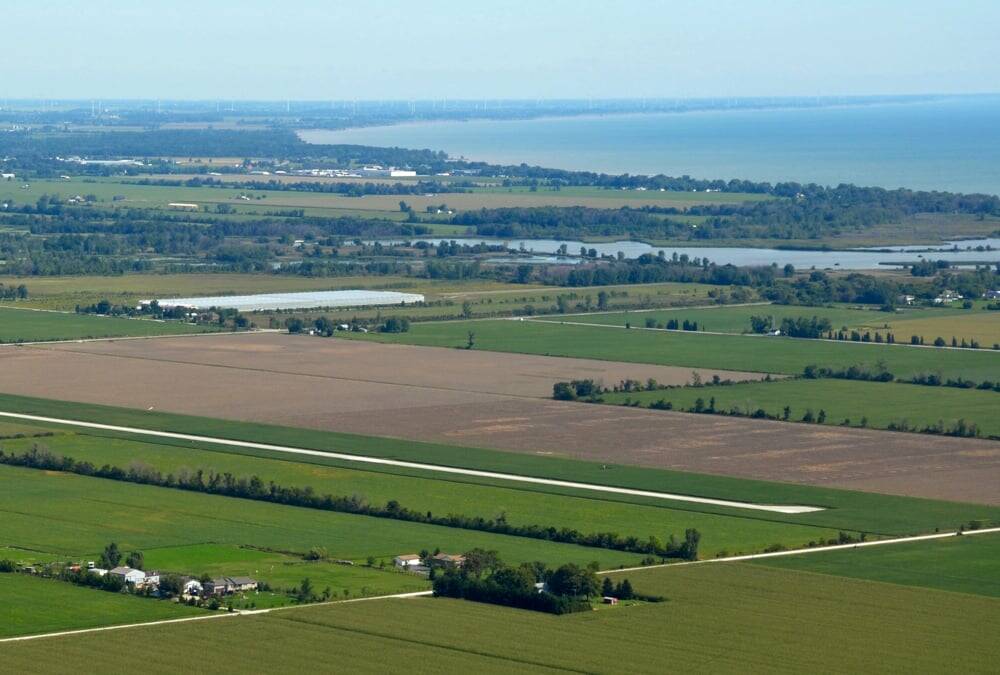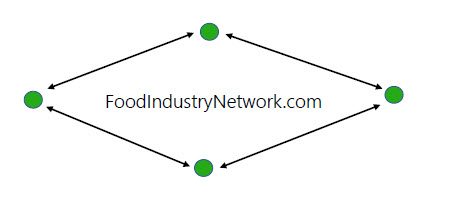Moving past climate polarization | Farmtario

Greenhouse gases are invisible. We can only see the effects they have on the environment in the form of changing temperature trends and weather patterns.
Read Also


New program aims to reduce phosphorus loading in Lake Erie
The newly launched Lake Erie Enhanced Analysis of Agriculture Practices (LEEAAP) research program aims to reduce phosphorus loading from agricultural…
How greenhouse gases affect the environment is highly complex, and has become so politicized that many efforts to improve our planet’s ecosystem appear to have been rendered ineffectual.
Why, then, have so many policymakers, climate activists, and others genuinely concerned about Earth’s environmental future continue to focus so much effort on carbon and certain greenhouse gases?
Is there not a better way?
A recent conversation reiterated to me there may, in fact, be a better approach.
I attended a session at the recent Southwest Agricultural Conference in Ridgetown where a presenter reviewed trends in Ontario climate data, and what impacts such trends could have for farmers in the province. Various data sets were pointed to — including those generated by long-standing scientific institutions such as NASA — indicating higher annual moisture levels, more heat units and other likely outcomes.
This information was corroborated in a different cropping-related session I had previously attended that day.
Two local farm leaders also attended the climate presentation. I do not know what their exact motivation for being there was, but it appeared to rest, at least in part, on a desire to refute any data set suggesting climate change is real. Data from, and methodology used, by trusted institutions such as the aforementioned NASA, were strongly questioned. If something was assumed true, arguments were made that other factors were responsible.
Questioning methodologies and the validity of data is, of course, good practice. It’s a critical part of the scientific method. But in this case, it was at times more akin to dismissal.
To his credit, one of the gentlemen introduced himself to me after the presentation. We had a cordial, albeit short chat despite our different opinions regarding climate, and some of the sources presented. We even agreed on something — that climate and greenhouse gases has become such a politicized subject, genuine discussion and engagement on other environmental issues is frequently impossible.
With this mutual recognition, I’m confident we could have a friendly and fruitful conversation about environmental issues if carbon wasn’t the lead. I’d bet he and I could talk about water quality, biodiversity, farmland loss and other topics related to, but not necessarily reliant on, greenhouse gases and climate.
With enough time, we might even come up with ideas for improving our shared landscape in a way that’s physically tangible to the people living on it, and potentially profitable for those working it. We would probably leave feeling pretty good about engaging one another, and appreciative of each other’s interest.
Consider this on a larger scale. What if policy makers at the national, provincial and even local governance level led environmental initiatives with biodiversity, landscape restoration and community resiliency at the fore?
Would this not eventually result in visible environmental improvements that directly impact people’s lives, and all the while, improve carbon sequestration?
That’s a climate-related win, potentially gained without having to discuss greenhouse gases in the first place.
It’s also something that could potentially benefit farmers by creating additional income streams for ecosystem services, local communities through ecotourism and resilience against extreme weather events and the like. Public support for environmental initiatives overall might grow too, because unlike invisible carbon, people can see clean water and wildlife.
As Alberta country artist Corb Lund, someone who has long campaigned against ecologically destructive mining in the Rocky Mountains, said in a recent interview with environmental news outlet The Narwhal, “No one ever asks about the terrible conditions of the oceans, global pollution, loss of biodiversity, eradication of native grasslands. Why is climate change the only issue anyone brings up?”
Why indeed, when doing so continues to feel like hitting one’s head off a brick wall.
With the current federal government in crisis, opposition politicians continuing to stoke climate-related grievances, a much more hostile administration now seated in the United States capital and continued environmental degradation worldwide, perhaps now is a good time to reconsider how we approach environmental policy.
Carbon and greenhouse gases are certainly important, and should be an element of the conversation. But focusing on landscape improvement might be a more effective — if indirect — means of accomplishing a significant portion of what we’ve thus far failed to achieve.
Source: Farmtario.com

